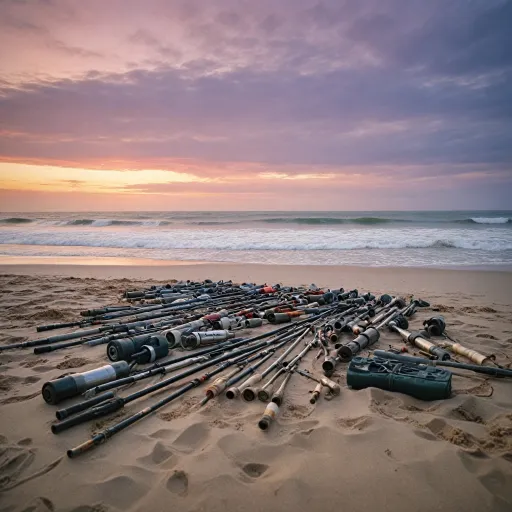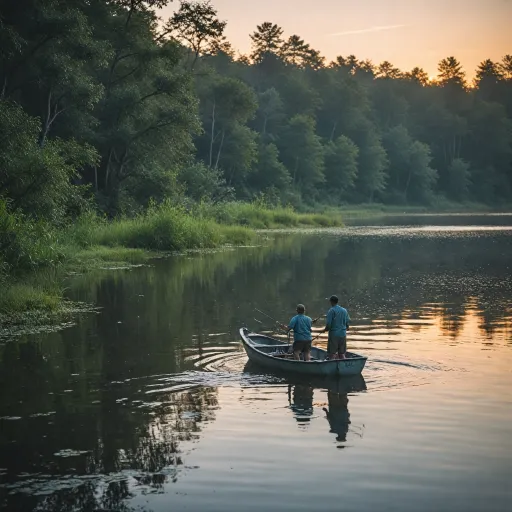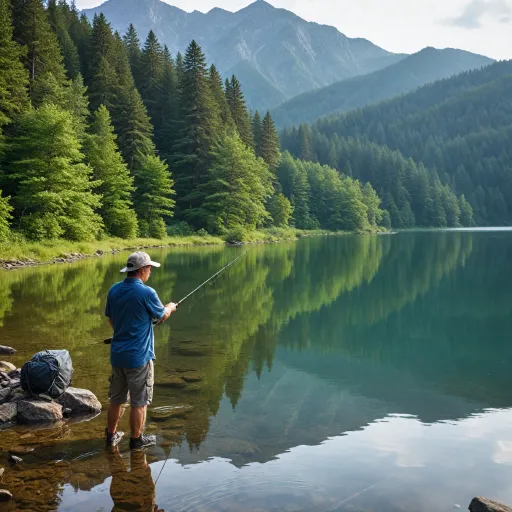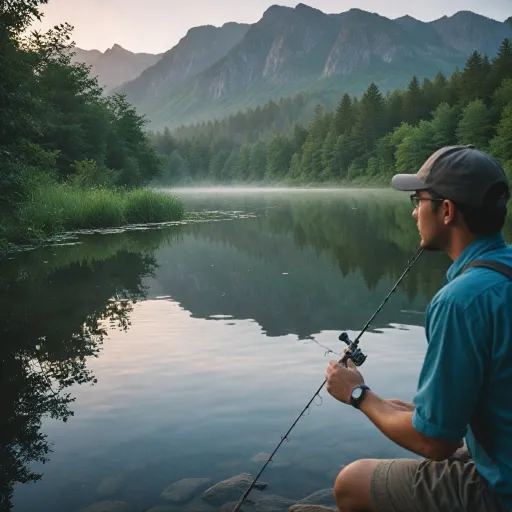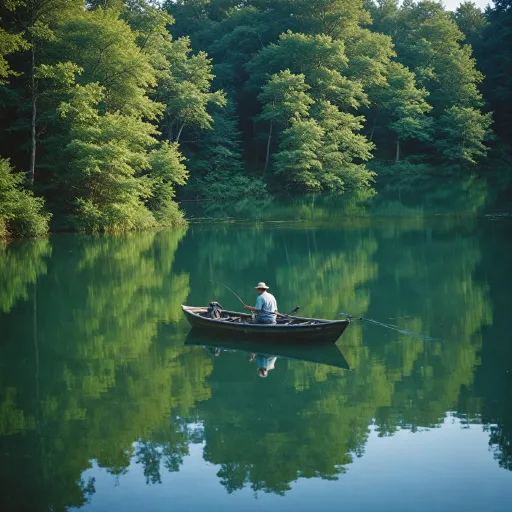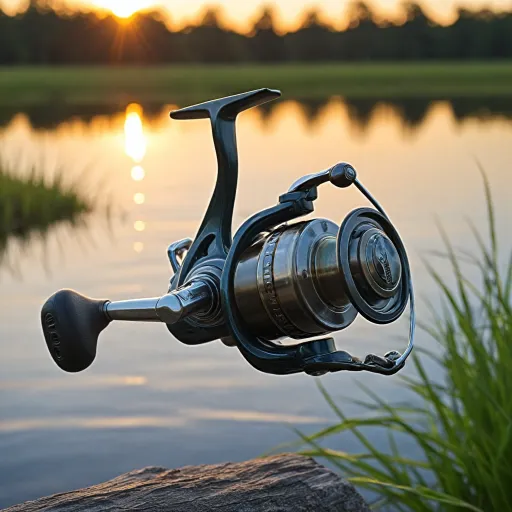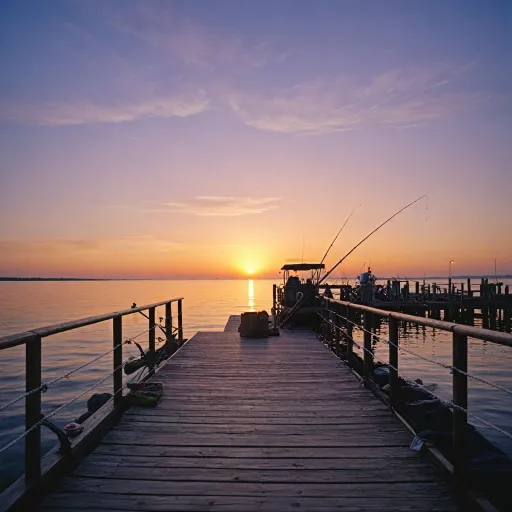
Understanding the importance of a good fishing rod and case
Why Your Choice of Rod and Case Matters More Than You Think
Every recreational angler knows the thrill of a well-cast line, but not everyone realizes how much the right fishing rod and case can shape your entire fishing experience. Whether you’re heading out for a quick afternoon at the local pond or planning a multi-day adventure, your gear is more than just equipment—it’s your partner on the water. The right rod, paired with a reliable case, can make the difference between a successful trip and a frustrating one.
- Protection and Longevity: A quality rod case or rod sleeve shields your fishing pole from knocks, scratches, and the elements. This means your investment lasts longer and performs better.
- Organization: Using a rod bag or organizer keeps your rods, reels, and tackle in order, saving time and hassle when you’re on the move.
- Performance: The right rod and reel combo, matched to your fishing style, can improve casting accuracy and comfort, whether you prefer spinning, fly fishing, or another technique.
- Convenience: A good storage bag or rod tube makes transport easier, especially if you’re traveling with multiple rods or poles.
With so many fishing products and rod cases on the market, it’s easy to get overwhelmed by choices, prices, and sponsored recommendations. But focusing on what truly matters—durability, fit, and protection—will help you avoid common mistakes and get the most out of your fishing gear. If you’re looking to enhance your overall fishing experience, you might also be interested in how a donut bubbler can enhance your fishing experience.
In the next sections, we’ll break down the key features to look for in rods and cases, how to match them to your fishing style, and tips for keeping your gear in top shape. Whether you’re shopping for Black Friday deals or upgrading your current setup, understanding the basics is the first step to making smart choices for your next adventure.
Key features to look for in fishing rods
What Makes a Fishing Rod Stand Out?
When browsing through fishing rods, it’s easy to get overwhelmed by the variety of products, prices, and features. But a few key elements can make a big difference in your fishing experience. Whether you’re looking for a spinning rod, a fly fishing pole, or a travel-friendly rod case, understanding these features will help you make a smart choice.
- Material: Most rods are made from graphite, fiberglass, or a composite. Graphite rods are lightweight and sensitive, ideal for detecting subtle bites. Fiberglass rods are more durable and forgiving, great for beginners or heavy-duty fishing. Composite rods offer a balance of both worlds.
- Length: Rod length affects casting distance and control. Shorter rods (under 6 feet) are perfect for tight spaces or kayak fishing, while longer rods (over 7 feet) provide better casting distance and leverage for bigger fish.
- Action and Power: Action describes how much the rod bends under pressure. Fast action rods bend near the tip, offering quick hook sets, while slow action rods bend throughout, providing more flexibility. Power refers to the rod’s strength—ultralight for small fish, heavy for larger species.
- Handle and Grip: Comfort matters. Look for handles made from cork or EVA foam, which provide a secure grip even when wet. The handle length should match your fishing style—longer for two-handed casting, shorter for precision work.
- Reel Seat and Guides: The reel seat should hold your reel firmly. Quality guides (the rings along the rod) reduce friction and improve casting. Stainless steel or ceramic guides are durable and smooth.
- Portability: If you travel or hike to your fishing spots, consider telescopic rods or multi-piece rods that fit easily into a rod tube, rod bag, or storage bag. A good rod case or rod sleeve protects your investment during transport.
Comparing Rods: What to Watch For
| Feature | Benefit | Common Products |
|---|---|---|
| Rod Material | Weight, sensitivity, durability | Graphite, fiberglass, composite rods |
| Rod Action | Hook setting, flexibility | Fast, medium, slow action rods |
| Rod Power | Target species, lure weight | Ultralight, medium, heavy poles |
| Rod Length | Casting distance, control | Short, medium, long rods |
| Rod Storage | Protection, portability | Rod cases, sleeves, bags, socks fishing |
Don’t forget to check the price and stars (ratings) when comparing fishing gear. Sometimes, sponsored products offer good deals, but always read reviews and look for trusted brands.
For a deeper dive into why certain reels make a difference, check out this guide on why the SaltX 2 reel stands out for recreational anglers.
Choosing the right rod is just one part of your fishing setup. Next, you’ll want to think about how to protect your investment with the right rod case, rod cover, or rod sock, and how to match your rod and case to your fishing style and storage needs.
How to choose the best case for your fishing rod
What Makes a Great Rod Case?
When it comes to protecting your fishing rod, the right case can make all the difference. A good rod case shields your investment from damage during transport and storage, whether you’re heading to a local pond or planning a cross-country fishing adventure. With so many products on the market, it’s important to focus on features that match your fishing style and needs.
- Material and Durability: Look for rod cases made from tough, water-resistant materials. Hard rod tubes offer maximum protection for travel, while soft rod sleeves or rod socks are lighter and ideal for quick trips. For saltwater or fly fishing, consider cases that resist corrosion and moisture.
- Size and Fit: Make sure your rod case fits your specific rod length and type. Telescopic rods, spinning rods, and fly rods may require different case dimensions. Adjustable rod bags or sleeves can be a flexible option if you use multiple rods.
- Storage and Organization: Some rod cases double as organizers, offering space for reels, tackle, and fishing tools. Multi-rod bags or rod storage bags are great for anglers who bring several poles. Check for extra pockets or compartments for your reel case, tackle, or even a small storage bag for lures.
- Portability: If you walk long distances to your fishing spot, padded straps or handles on your rod bag or case make transport easier. Lightweight rod sleeves or rod socks are perfect for quick outings, while hard rod tubes are best for air travel or rough conditions.
- Protection Features: Look for rod protectors with reinforced ends, padded interiors, or shock-absorbing foam. These features help prevent breakage and scratches, especially when storing rods with reels attached.
- Price and Value: Rod cases come in a wide range of prices. Compare features, durability, and user ratings (like stars) to find the best value for your budget. Black Friday deals can be a good time to upgrade your fishing gear.
Types of Rod Cases and Accessories
| Type | Best For | Key Features |
|---|---|---|
| Rod Tube | Travel, maximum protection | Hard shell, crush-resistant, secure locks |
| Rod Sleeve/Sock | Quick trips, lightweight storage | Flexible, easy to pack, protects from scratches |
| Rod Bag | Multiple rods, organization | Padded, extra pockets, adjustable straps |
| Rod Organizer | Home storage, vehicle transport | Holds several rods, keeps gear tidy |
For anglers who fish from piers or need to transport multiple rods and tackle, consider reading about choosing the right pier cart for your fishing adventures to further streamline your setup.
Remember, the right rod case isn’t just about storage—it’s about protecting your fishing pole, reel, and gear so you can focus on the catch. Whether you prefer a simple rod cover or a full-featured rod bag, matching your case to your fishing style and environment is key to a hassle-free experience.
Matching your fishing rod and case to your fishing style
Finding the Perfect Match for Your Fishing Style
Every angler has a unique approach, and matching your rod and case to your fishing style can make all the difference. Whether you prefer spinning, fly fishing, or casting, the right combination of rod, reel, and storage will enhance your experience and protect your gear.
- Spinning and Casting: If you’re into spinning or casting, look for rods designed for your target species and water type. Pair them with a rod case or rod sleeve that fits the length and action of your rod. Spinning rods often require a rod bag or rod tube with extra padding for the reel seat.
- Fly Fishing: Fly fishing rods are typically longer and more delicate. A rod sock or rod protector is essential to prevent scratches, while a dedicated rod tube or storage bag keeps your gear safe during travel. Consider a reel case for added protection.
- Travel and Storage: If you travel often, a compact rod organizer or rod storage bag is a smart investment. Multi-piece rods fit well in rod cases or sleeves, making them easy to transport. For home storage, rod racks or rod covers help prevent damage and keep your fishing gear organized.
Don’t forget to check the compatibility of your rod and case. Some products are designed for specific rod types or lengths, so always verify the fit before purchasing. Look for features like adjustable straps, waterproof materials, and reinforced seams for extra durability. If you’re shopping during Black Friday, compare prices and read product reviews to find the best value for your fishing tools and accessories.
Finally, consider your fishing environment. Saltwater anglers may need corrosion-resistant rod sleeves and rod bags, while freshwater fishermen might prioritize lightweight rod socks and compact rod storage solutions. The right rod case or cover not only protects your investment but also makes your next adventure smoother and more enjoyable.
Maintenance tips for your fishing rod and case
Simple habits to keep your gear in top shape
Taking care of your fishing rod and case is essential if you want your gear to last for many seasons. Proper maintenance not only protects your investment but also ensures you get the best performance every time you head out. Here are some straightforward tips to help you maintain your rods, cases, and related products:
- Clean after every trip: Saltwater, sand, and dirt can damage your fishing rod, reel, and case. Rinse your rod and reel with fresh water and wipe down the rod case, bag, or sleeve. Let everything dry completely before storage to prevent corrosion and mold.
- Check for damage: Inspect your rod, pole, and rod sleeves for cracks, nicks, or bent guides. Early detection helps avoid bigger problems later. Don’t forget to check your rod bag, cover, and organizer for tears or broken zippers.
- Store properly: Use a rod tube, rod sock, or rod protector to keep your fishing pole safe from knocks and scratches. Avoid leaning rods against walls for long periods, as this can warp the blank. A dedicated rod storage bag or rack is a smart investment.
- Protect your reel: Keep your reel in a reel case or padded section of your rod bag. Remove the reel from the rod if you’re storing it for a long time, and loosen the drag to preserve the internal components.
- Organize your gear: Use tackle organizers and sleeves to keep your fishing tools, rod covers, and socks fishing accessories in order. This makes it easier to find what you need and reduces the risk of damage.
- Mind the weather: Extreme heat or cold can weaken rod blanks and degrade rod sleeves or bags. Store your gear in a cool, dry place, especially if you’re not fishing for a while.
- Regularly review your setup: As you upgrade your fishing gear, make sure your rod cases and storage solutions still fit your needs. New rods or poles may require different sleeves or a larger storage bag.
By following these habits, you’ll extend the life of your fishing rods, rod cases, and all related products. Whether you’re prepping for Black Friday deals or just want to get the most value for the price, a little maintenance goes a long way in keeping your fishing adventures smooth and enjoyable.
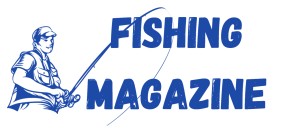

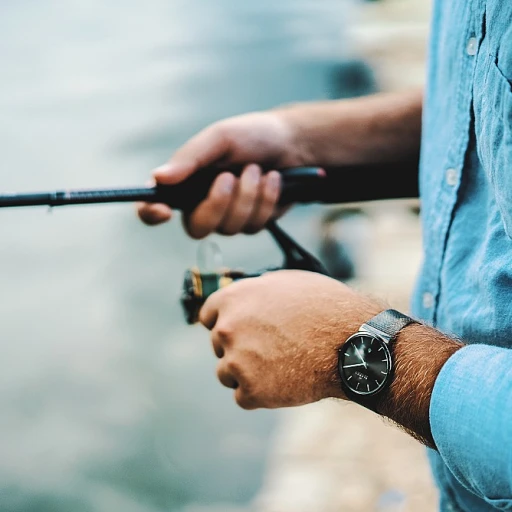
-large-teaser.webp)
